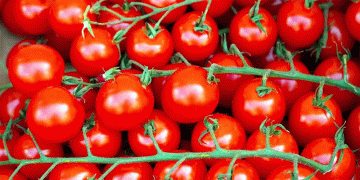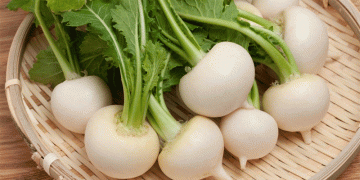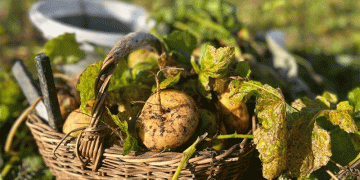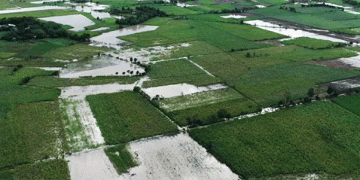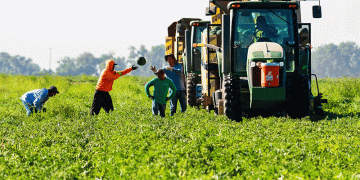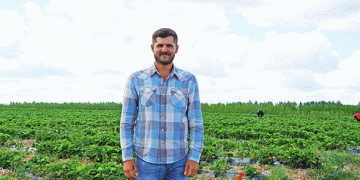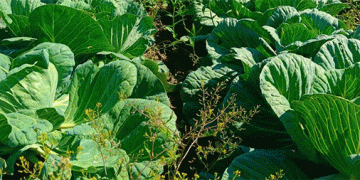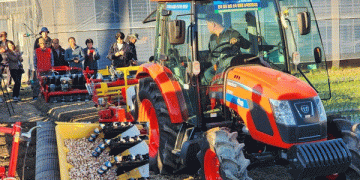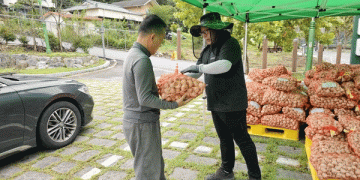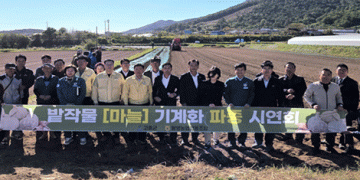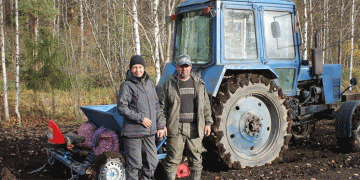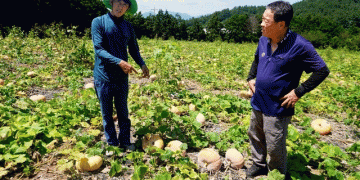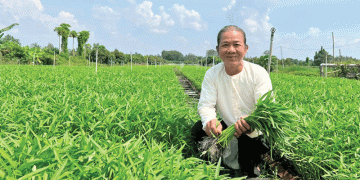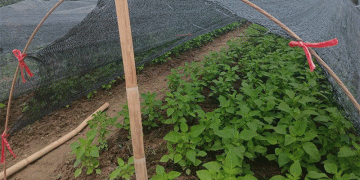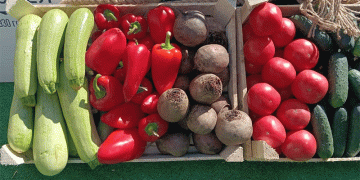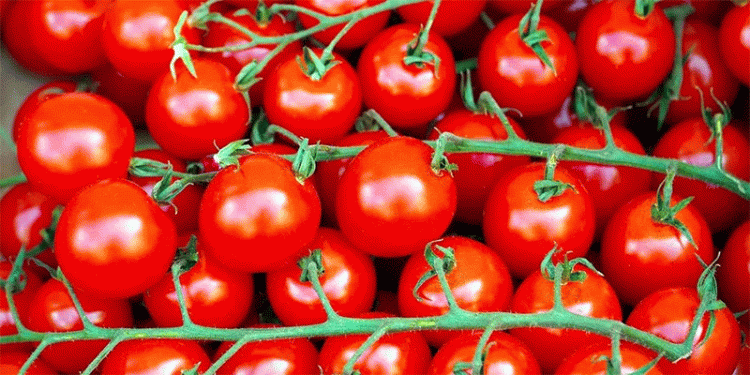In an extraordinary feat of agricultural productivity, Kyrgyzstan has officially set a new global benchmark for tomato yields. According to the country’s Ministry of Agriculture, farmers in the Zhayyl district of the Chui region harvested a staggering 120 tons of tomatoes per hectare. This figure shatters the previous high-water mark, which the ministry notes is typically achieved in North America with yields of up to 90 tons per hectare.
This record-breaking harvest was achieved on 270 hectares planted with high-performance hybrid varieties ‘Heinz’ and ‘Esasem’, which are specifically bred for industrial processing. The success was not left to chance; it was the result of a deliberate investment in precision agriculture. Key to this achievement was the implementation of a fully automated drip irrigation system, ensuring optimal water and nutrient delivery, and the deployment of a specialized tomato harvester imported from Italy, which enabled efficient, large-scale harvesting with minimal fruit damage.
The strategic focus of this production is on value-added processing and export. The bulk of this record crop is destined for processing into sauces, ketchups, and other tomato products, catering to both domestic and international markets. This aligns with a growing global trend where yield and quality are paramount for the competitive industrial tomato sector, which according to the World Processing Tomato Council, relies on consistently high outputs to meet demand.
Kyrgyzstan’s record yield is more than a national achievement; it is a powerful case study for farmers and agronomists worldwide. It demonstrates that with the right combination of factors—selecting genetically superior varieties tailored for the end-use, integrating automated precision irrigation, and employing mechanized harvesting—transformative productivity levels are attainable. This success story underscores the critical importance of targeted investment in technology and specialized genetics to drive efficiency, profitability, and competitiveness, particularly in the high-value processing crop sector. It proves that regions can not only compete with but significantly exceed the yields of traditional agricultural powerhouses through modern, science-based farming practices.
